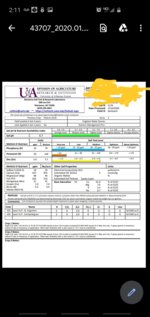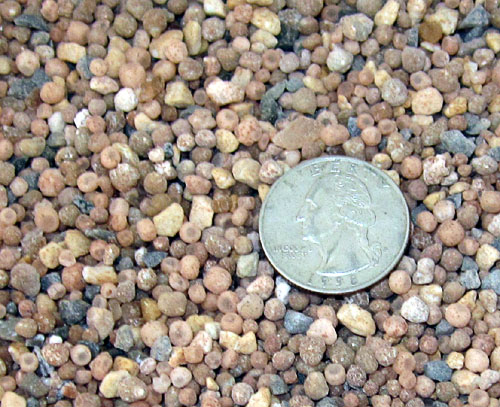MRM
Well-Known Member
So... I finally got my soil analysis results and the state of Arkansas no longer makes fertilizer recommendations other than for sod.
The problem I am having is finding the right kind of fertilizer here in my area. My garden area isn't near big enough for a custom mix (1000 lb min).
Super Rainbow 6 6 18 was recommended to me by the Kentucky ag agent as well as in prior posts on here.
Finding super rainbow 6 6 18 isn't happening in this area and I'm sure shipping would be a bit expensive.
Are there any other recommendations for fertilizer or should I get individual elements and mix myself. I can find multitudes of fertilizer but it all has alot of urea and chloride.
Attached is a copy of my analysis
The problem I am having is finding the right kind of fertilizer here in my area. My garden area isn't near big enough for a custom mix (1000 lb min).
Super Rainbow 6 6 18 was recommended to me by the Kentucky ag agent as well as in prior posts on here.
Finding super rainbow 6 6 18 isn't happening in this area and I'm sure shipping would be a bit expensive.
Are there any other recommendations for fertilizer or should I get individual elements and mix myself. I can find multitudes of fertilizer but it all has alot of urea and chloride.
Attached is a copy of my analysis



